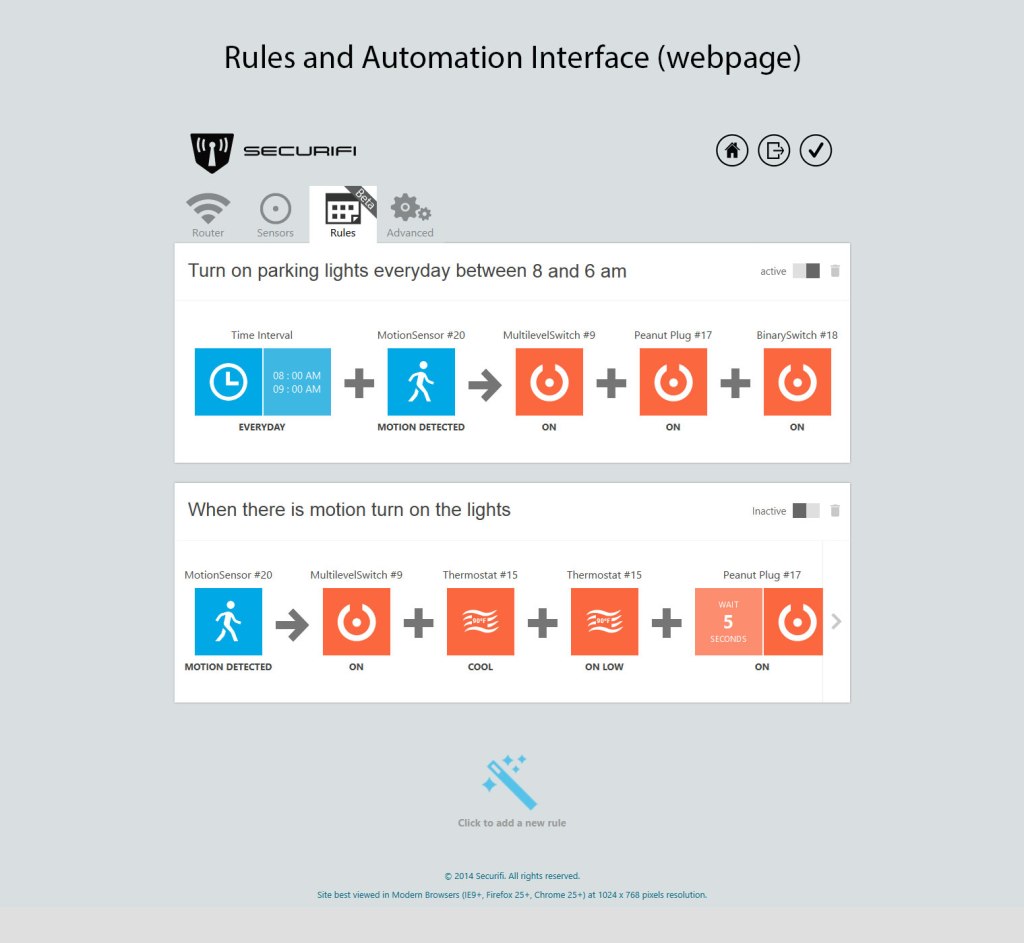
China’s largest e-commerce companies are eager to leverage their millions of users and hoards of data for new projects. For example, Alibaba’s other businesses include healthcare management, financial services, and cloud data. Now JD.com, its smaller but still formidable rival, is branching out into crowdfunding for startups.
JD.com, which filled 689 million orders last year, has launched JD Equity Crowdfunding platform to help startups secure capital. The project is an offshoot of Coufenzi, the crowdfunding site JD.com opened last July.
Like Kickstarter, Coufenzi allows users to contribute funds toward individual projects and products. So far, projects on Coufenzi have raised a total of RMB280 million (about $45 million).
JD Equity Crowdfunding, on the other hand, is designed for entrepreneurs who need to find early-stage investors. The site isn’t the first startup crowdfunding site in China, but with JD.com’s resources, it claims to already be the largest. Its competitors include CTQuan, which has raised $4 million in venture capital backing and uses a model similar to AngelList.
A JD.com spokesperson told TechCrunch that JD Equity Crowdfunding plans to differentiate from other platforms by “developing a complete ecosystem for startup companies.” In addition to the crowdfunding site itself, this includes resources such as JD Cloud, its cloud computing unit, financing tools, marketing support, and training from JD.com’s management, as well venture capital partners like Capital Today, ZhenFund, and Sequoia Capital. In exchange, JD.com will take a small equity stake in each successfully funded startup (though it isn’t disclosing how much).
“We believe that securing funding is only the first step in the success of a startup, and we want to ensure that companies on our platform have all the tools they need to reach their long-term goals. We are experienced in growing our own business rapidly, and helping our partners grow into success, and will draw upon this knowledge to help our partners succeed,” said the company.
The startups on JD Equity Crowdfunding will be pre-screened. The first batch includes gaming laptop builder Thundeobot, Fastwheel, which makes transportation devices; and social media company WeBuzz.
As Technode notes, however, equity crowdfunding sites in China face several challenges, including lack of understanding about how the model works by potential investors and the current lack of laws to regulate equity crowdfunding (though that may change soon thanks to recently drafted legislation).
Not only can launching projects that focus on entrepreneurs help e-commerce companies gain goodwill among startups that might use their sites or services, but it can also help them eventually diversify their revenue streams.
Like JD.com, Alibaba is also investing in entrepreneurs, but so far it has focused mainly on e-commerce sellers who rely on its various platforms, including Taobao and Tmall, to conduct business. These include funds aimed at vendors in Taiwan and Hong Kong, as well as one for female entrepreneurs in China. The company, however, is reportedly planning to found its own crowdfunding site for startups, according to TechNode.
Featured Image: Shutterstock
from TechCrunch http://feedproxy.google.com/~r/Techcrunch/~3/ZCV33AfoWmw/
via IFTTT
























 For a year, the Phhhoto team built out Phhhoto Pro to offer at parties and different events for a negotiable fee, while secretly working on an app that consumers could use whenever they want from their own device.
For a year, the Phhhoto team built out Phhhoto Pro to offer at parties and different events for a negotiable fee, while secretly working on an app that consumers could use whenever they want from their own device.